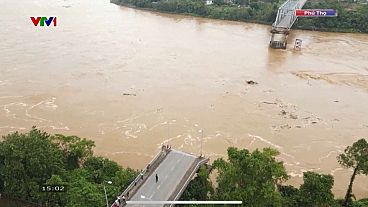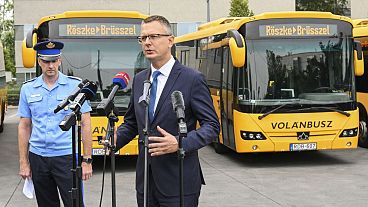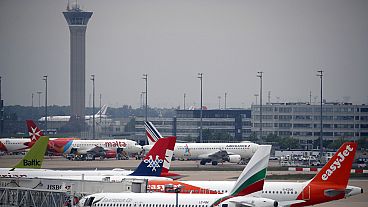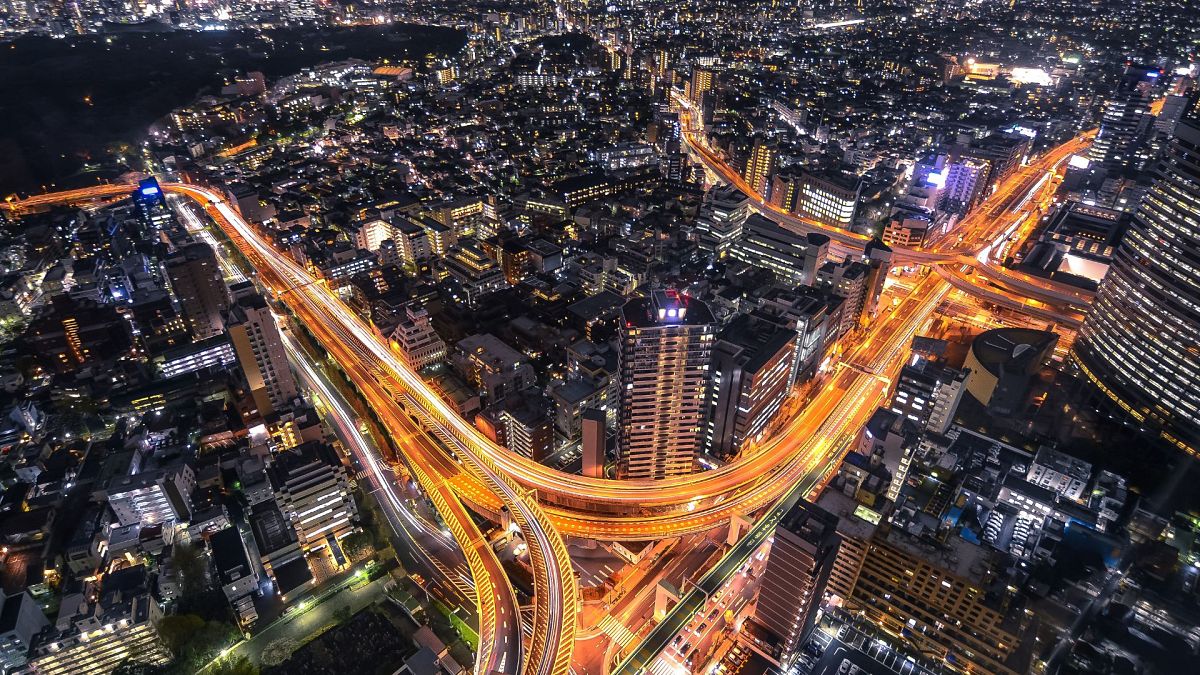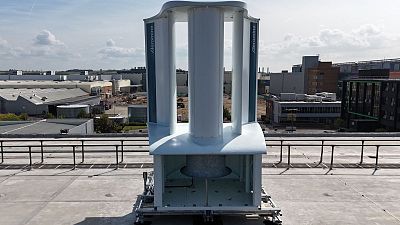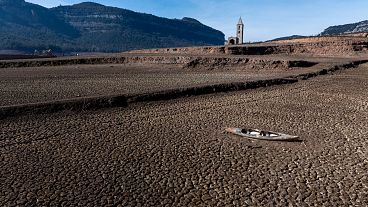Japan’s 500 km Autoflow-Road could slash emissions, worker shortages and traffic.
A conveyor belt road could help Japan tackle two problems at once: greenhouse gas emissions and a shortage of lorry drivers.
The latest plans for the 500 km route between Tokyo and Osaka were unveiled last month by the Ministry of Land, Infrastructure, Transport and Tourism (MLIT).
They show goods being transported either on belts running down the middle of highways, alongside hard shoulders or through underground tunnels in automated, driverless electric vehicles.
The 24-hour ‘Autoflow-Road’ could carry the same amount of cargo per day as 25,000 trucks.
It could be operational within a decade at an estimated cost of up to 80 billion yen (€512m) per 10 km stretch, according to estimates by the Yomiuri newspaper.
Japan’s driver shortage could have an environmental silver lining
The proposed automated roads will “respond to the logistics crisis and reduce greenhouse gases,” while fully utilising road space, says MLIT.
The project’s main goal is to tackle Japan’s worsening truck driver shortage, which is spurred by the country’s rapidly ageing population and the younger population’s reluctance to enter an industry known for low wages and long hours.
New rules reducing the amount of overtime that drivers are allowed to work is adding to delivery delays.
This is especially problematic for fresh produce like strawberries and Chinese cabbage, which need to be transported as soon as they are harvested or risk being wasted or dropping in value.
More than 90 per cent of Japan’s cargo is currently transported by road.
A recent study by Nomura Research Institute suggests that by 2030, there will be a 35 per cent shortage of truck drivers across Japan compared to the amount of cargo to be transported. Rural areas will be worst hit.
Though on a far grander scale, they could be modelled on existing conveyor belt systems used in mines.
What is the carbon impact of freight transport?
The International Transport Forum (ITF) estimates that trade-related freight transport contributes more than 7 per cent of total CO2 emissions globally - and accounts for around 30 per cent of all transport-related emissions.
The US, China and the EU are the top emitters in land freight transportation, while Japan accounts for around 3 per cent, according to International Energy Agency (IEA) data.
Japan aims to reduce its greenhouse gas emissions by 46 per cent by 2030.
While the heavy weight vehicles, long hours and long distances of freight transport make it difficult for the industry to utilise electric vehicles (EVs), they have been introduced by some companies for shorter routes and smaller trucks.
Other ways of decarbonising cargo transport, such as utilising Japan’s bullet train lines, combining trucks with shipping and improving efficiency, are also being trialled.


